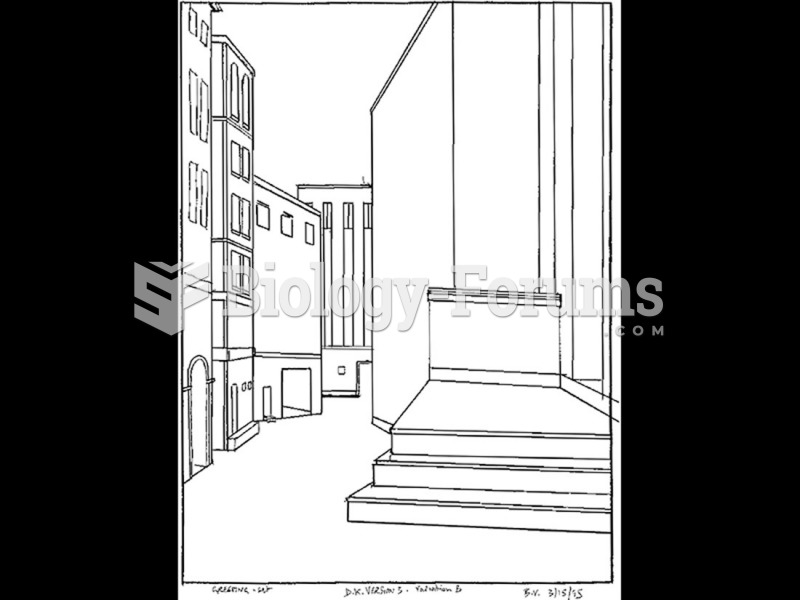Answer to Question 1
C
Answer to Question 2
Precision agriculture is the use of computer sensing and data collection equipment to enhance a farmer's decision-making capabilities. Whereas before farmers had to rely on whole field averages for chemical application, irrigation, and other inputs, the use of GPS (Global Positioning System), GIS (Geographic Information System), computers, and other sensing equipment allows for accurate, site-specific decisions. Here's how the system works:
The GPS U.S. satellite navigation system uses the signals from several satellites to locate the specific latitude and longitude of a position within a farm field. GPS allows farmers to divide their fields into smaller, digital subunits and collect data specific for those areas.
GIS is a software system that stores, analyzes, and displays data that has been collected for a specific location, identifiable using the GIS system. Data is often displayed in field maps.
Data is collected from specific sites within a field identified by GPS. Data includes soil characteristics like pH and fertility based on manual soil sampling; crop yields and moisture content collected by yield mapping; and other data such as presence of weeds and crop appearance. Data can also be collected by remote sensing devices mounted on equipment.
Within a farm field, there will always be a degree of natural variability of pH, soil composition, nutrient levels, soil moisture, and weeds that affect crop yield. Armed with the data generated by the GIS system, farmers can accurately manage costly inputs on a spatial basis, thereby lowering their economic and environmental costs. For example, through the use of soil sampling equipment, a farmer can create a digital map of his field using GIS and determine which specific subunits need more or less fertilizer inputs. This process can save the farmer money and enhance yields by accurately distributing resources to needy areas and reducing wasteful, average-based application. Precision agriculture can also reduce a farmer's environmental impact by reducing and strategically focusing inputs and identifying potential areas in the farm landscape susceptible to increased runoff, water pollution, and contamination.
Yield monitoring using harvester-mounted computers and GPS systems has become commonplace for most crops. However, because of the cost, variable-rate application of crop inputs at specific sites within a field has been limited to high-value crops.







